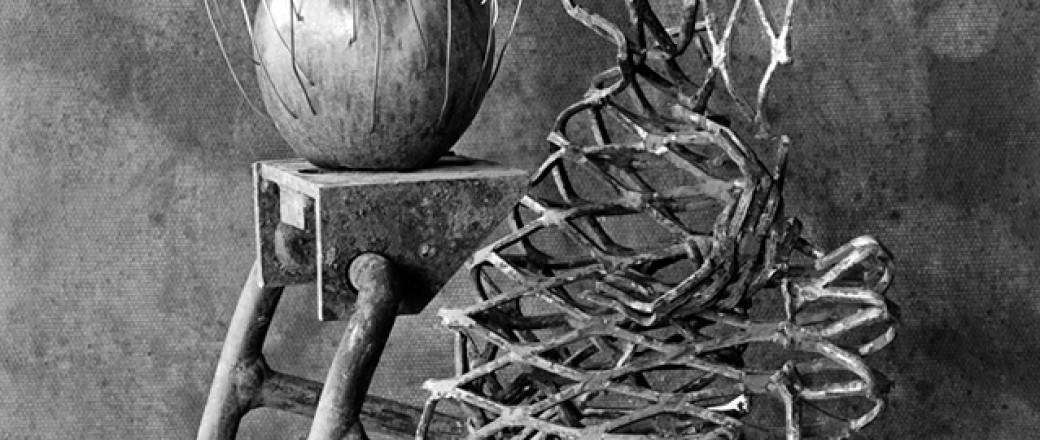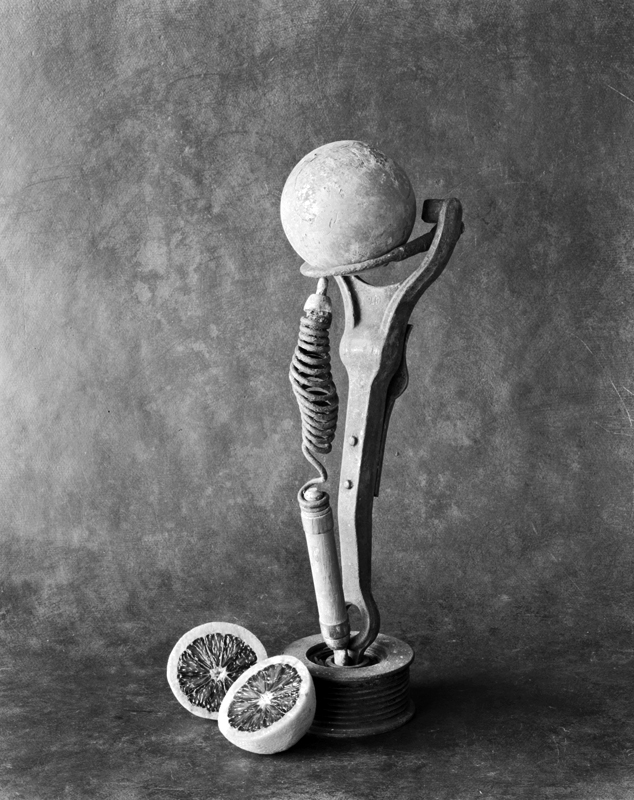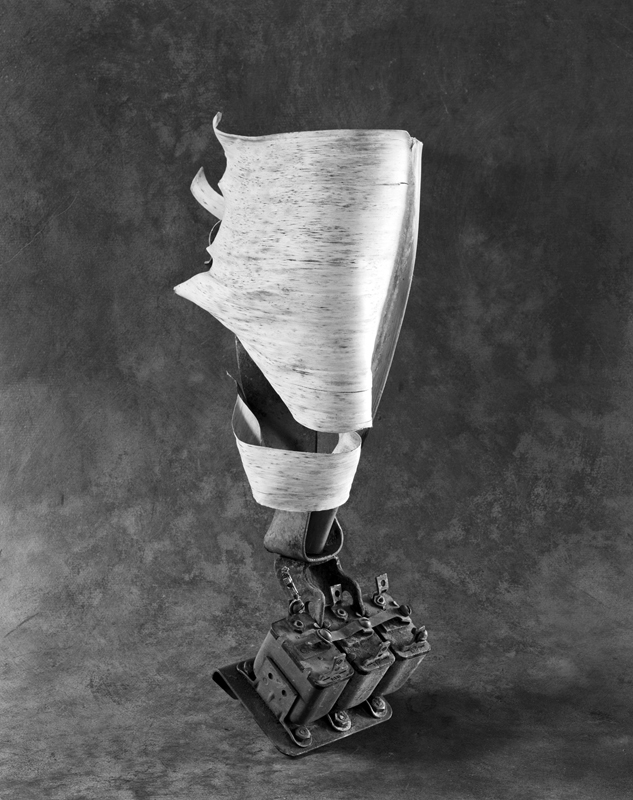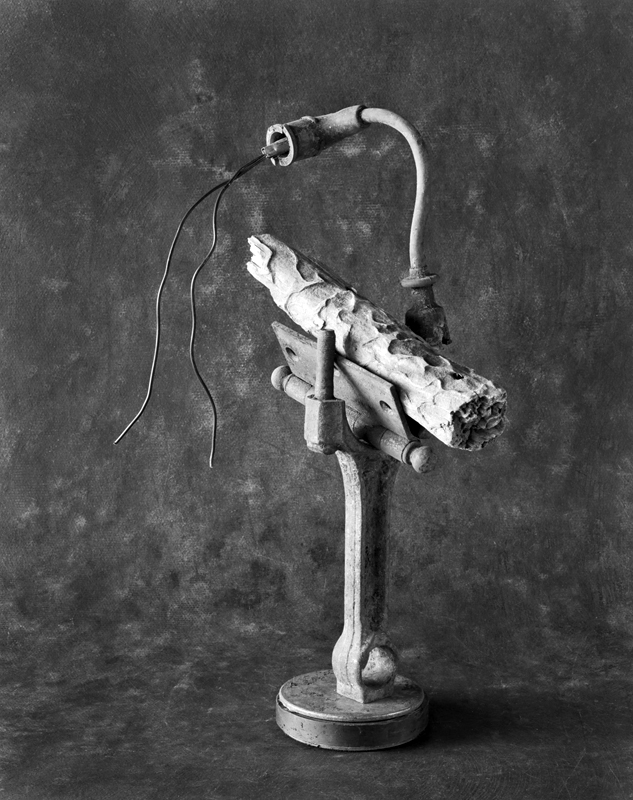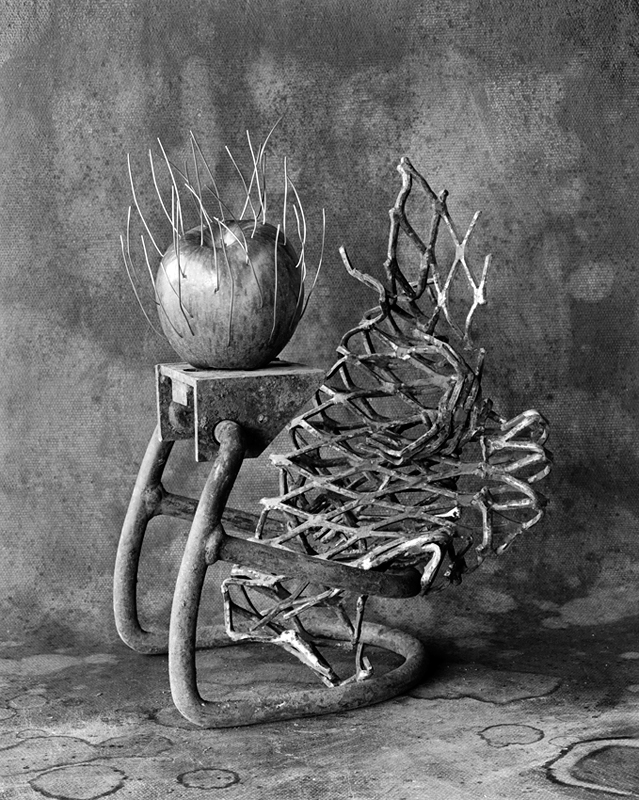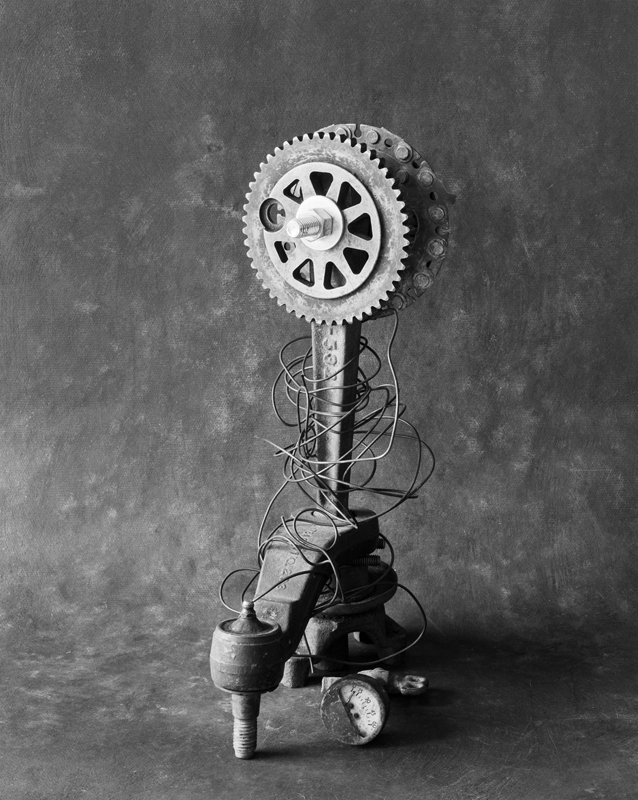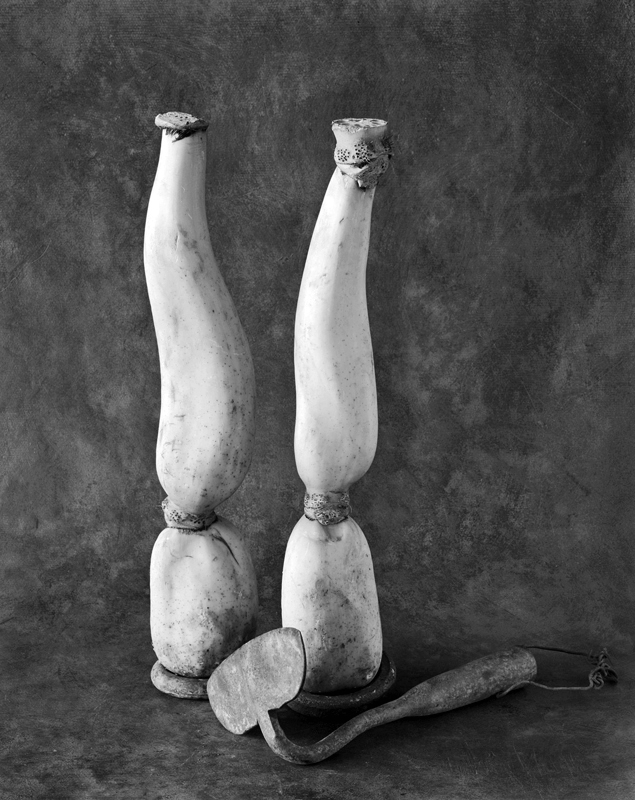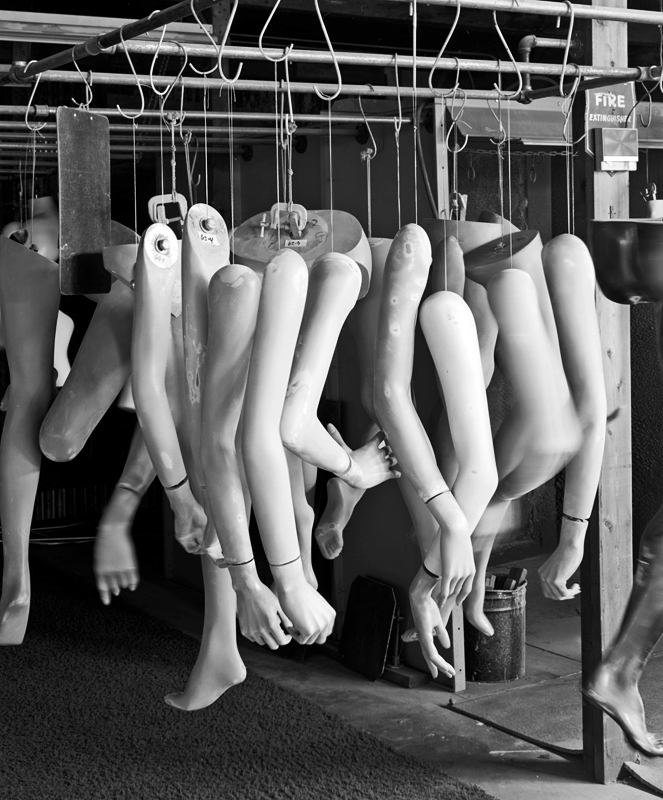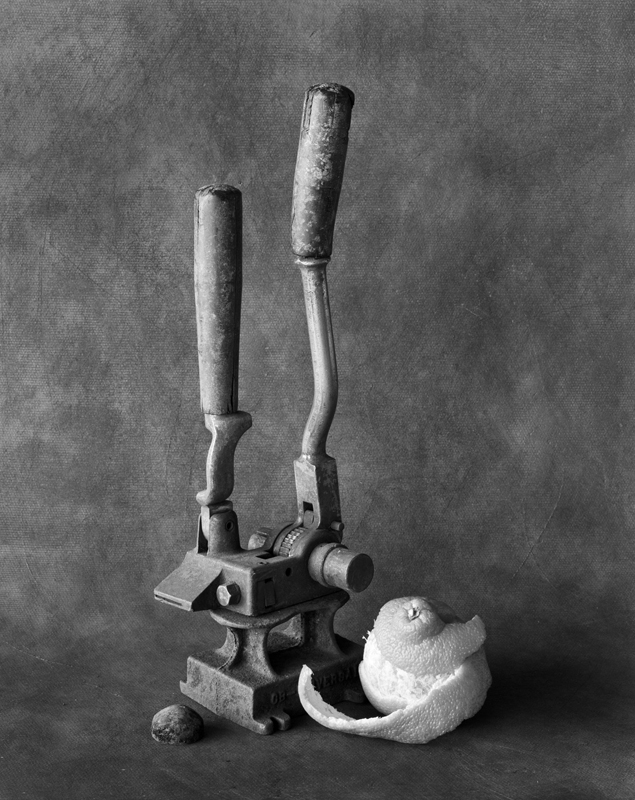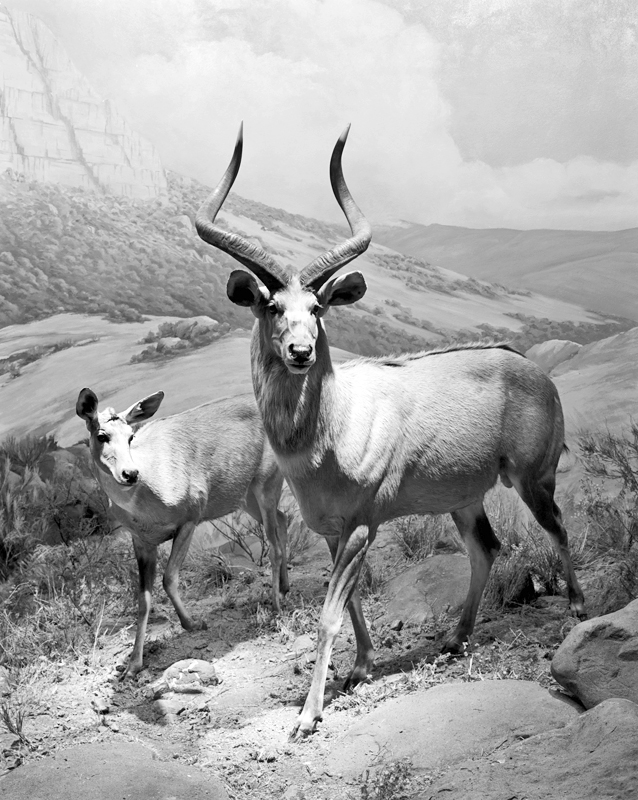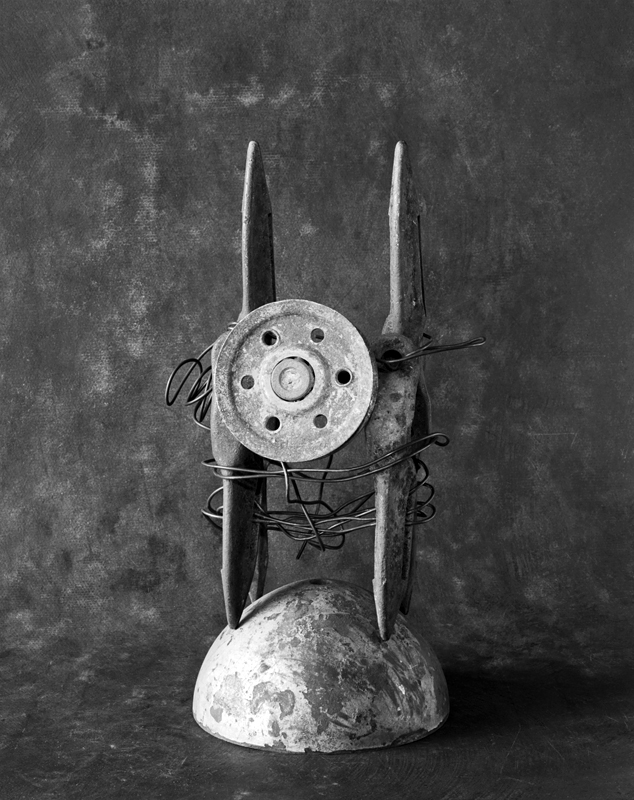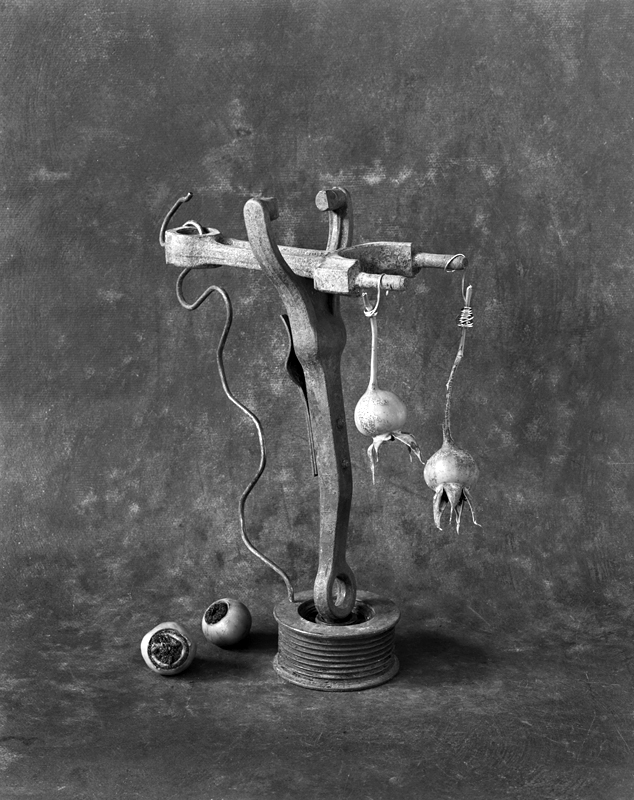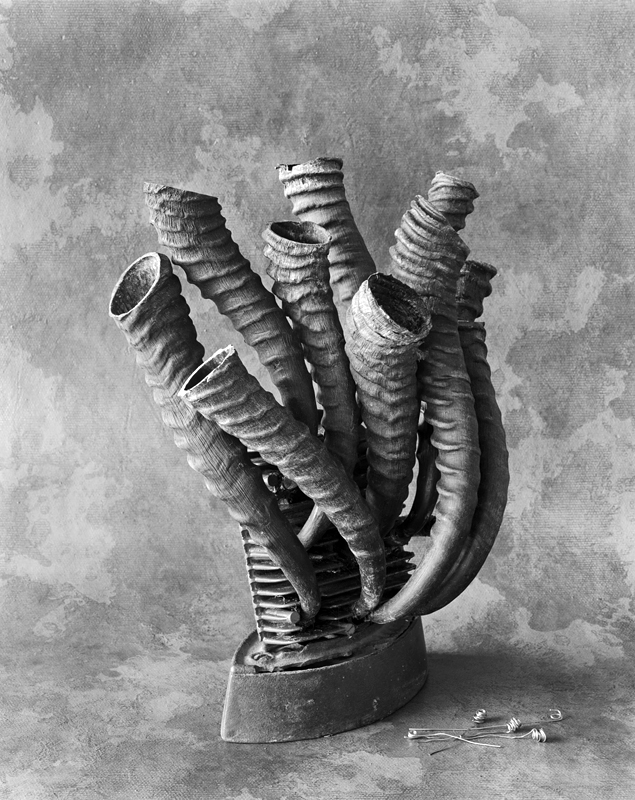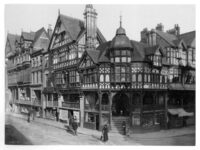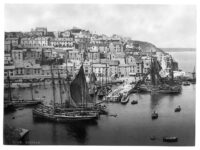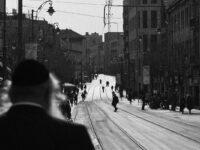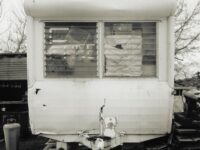Norman Riley was born in Munich, Germany in 1954. He currently lives in Bellingham, Washington.
1. How and when did you become interested in photography?
I took up photography in 1979 with the acquisition of a used 35mm camera (a Canon AT-1) and the idea that I would make pictures of friends and places I visited. I had no thought of using my camera to produce art. The possibility of capturing things for study long after my encounter with them, and rendering them in ways that made them pleasing to look at proved to be a potent hypnotic. Photography became a deep and irreversible addiction.
2. Is there any artist/photographer who inspired your art?
Yes, of course. I greatly admire the works of Leonard Missone. August Sander, Frank Meadow Sutcliffe and Joseph Stimson in particular taught me that a panchromatic image can be painterly and documentary at the same time – a trait I hope to secure in my scenic work. There are singular images by individuals such as Robert Bracklow (Statue of Virtue, 1909), Erwin Blumenfeld (Wet Veil, 1937), Arthur Rothstein (Dust Storm, 1937), and Max Yavno (Repairing Sacks, 1979) from which I have extracted useful lessons and high doses of humility. Among contemporary photographers, my favorites are Oleg Tishkovets from Romania and Jill Coleman from South Africa. Their photographs are quite remarkable.
3. Why do you work in black and white rather than colour?
This was a conscious decision made about one year after my entry to photography. In the beginning I shot B&W and color films. One day, while retrieving prints from a commercial lab, I decided it might be wise to focus on one approach and learn all I could about it. This meant that I would do my own processing. I had read about both B&W and color developing, and I knew that B&W processing was more straightforward. Owing to this difference and the cost of B&W work vs. color work, I calculated that B&W was the better choice for me. Essentially I was driven to it by economics.
4. How much preparation do you put into taking a photograph/series of photographs?
Well it depends on what I am doing. In the case of landscape work, for example, there is a great deal of planning involved (particularly when long distance travel is required) to maximize my chance of being at the scene prepared to shoot when conditions are ideal. In still life work, it is usually a matter of imagining the result and then constructing it. At other times, I begin with components that seem interesting in some respect, and then attempt to assemble them in ways that heighten that interest. I use 4×5 and 8×10 field cameras, and prefer Rodenstock lenses in Copal shutters. As a matter of long-standing principle and practice, I use only one film and developer combination (currently FP4 in PMK) and one paper and developer combination (currently MG Classic in Ansco 103) for all work. I make up my developers from scratch and process my negatives and prints in trays. I do all of my own finishing work as well.
5. Where is your photography going? What projects would you like to accomplish?
I have some ideas for still life work on a scale larger than I have used to this point, and I have given considerable thought to completing a series I refer to as “Central Valley Cathedrals” (the grain elevators that dot the enormous flatlands of Sacramento, Yolo, Colusa, Tehama, and other counties in California). However, my current focus is on landscape work and I am likely to remain on that arc for some time. This summer I will be an artist-in-residence at Glacier National Park in Montana. Photographs from that residency will be included in my first book, “Prophet Theory,” which I plan to publish in 2016. I expect to devote increasing amounts of time in the years ahead to printing old negatives. It has been arranged that all of my negatives and commemorative prints will be delivered to the Department of Special Collections at the University of California, Davis for curatorial care. Organizing everything for that collection requires major effort.
Website: www.normanrileyphotography.com

